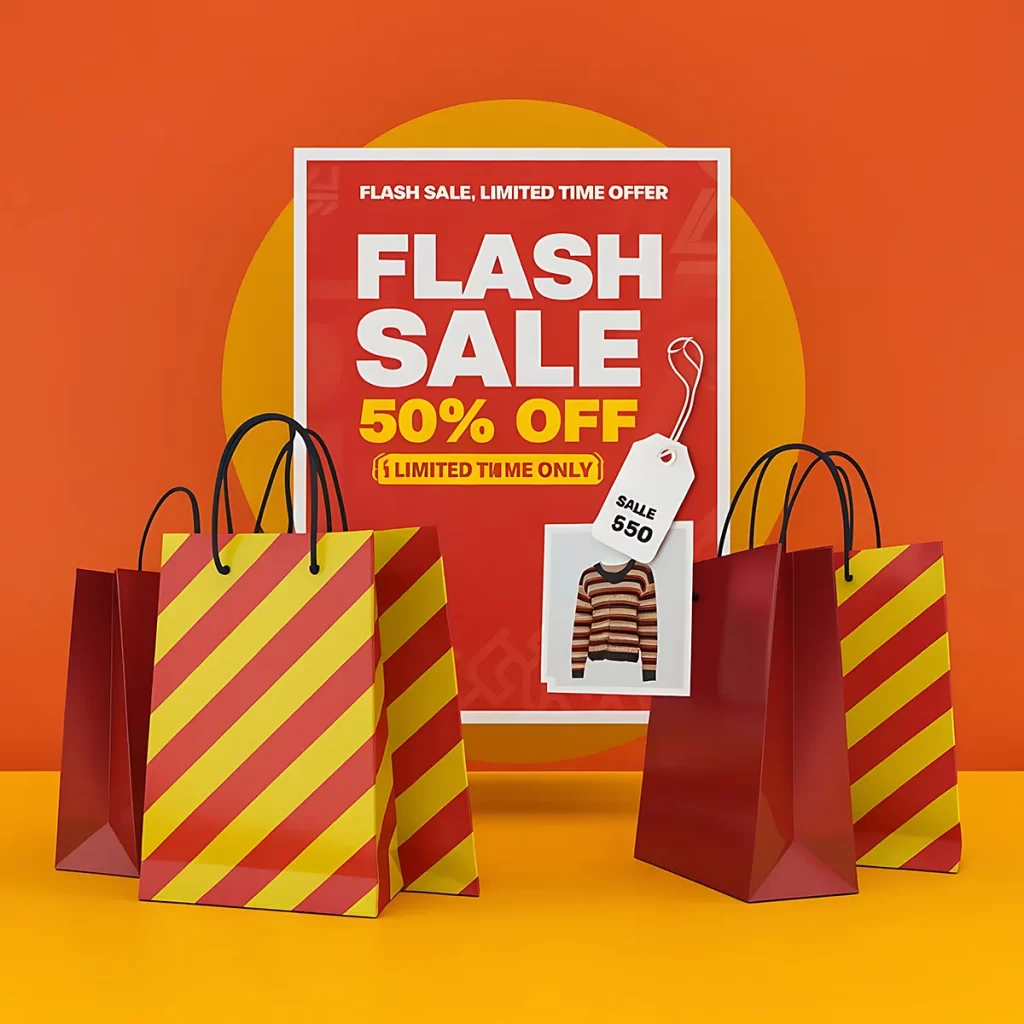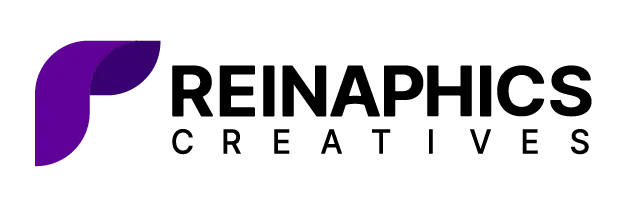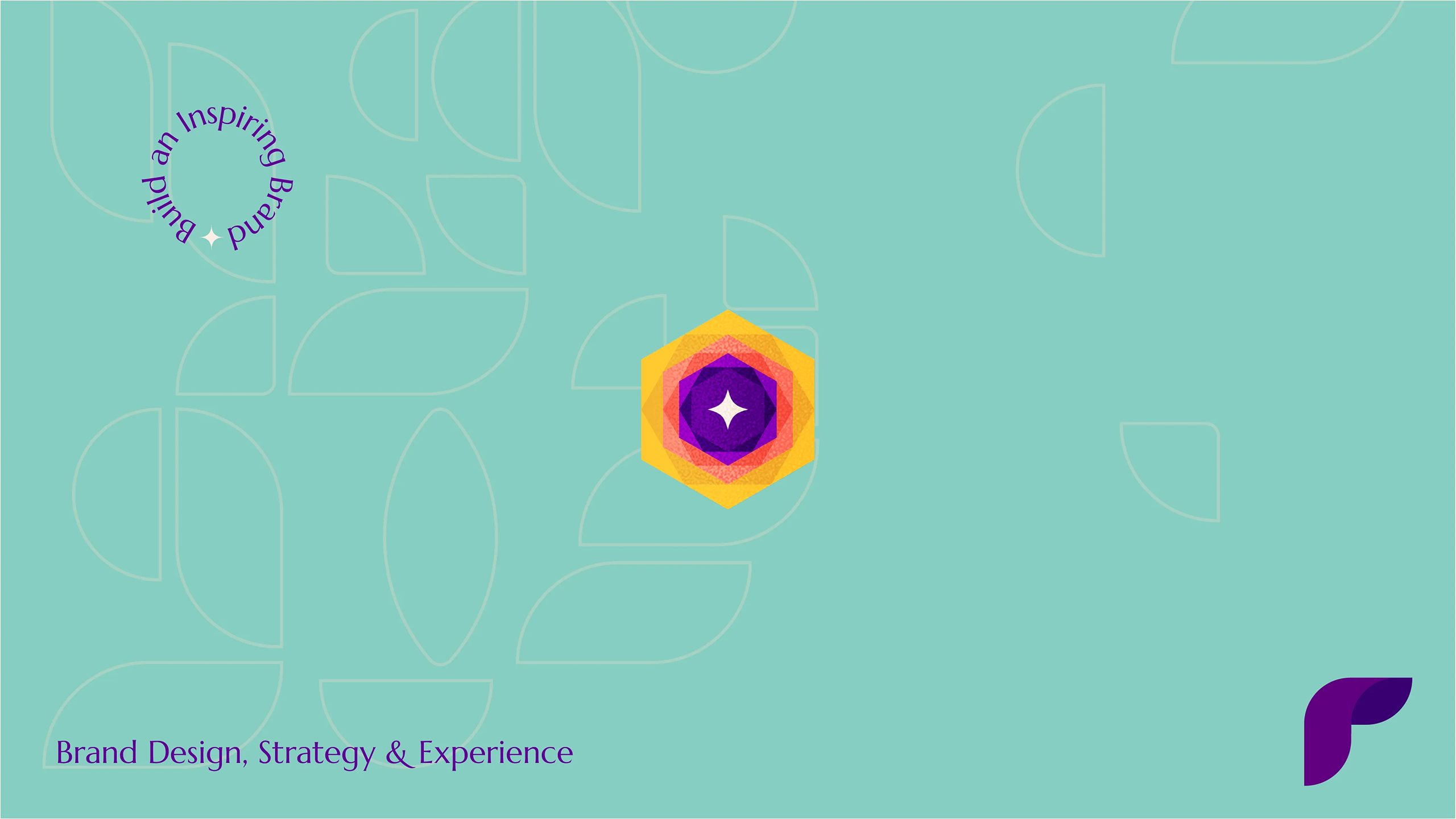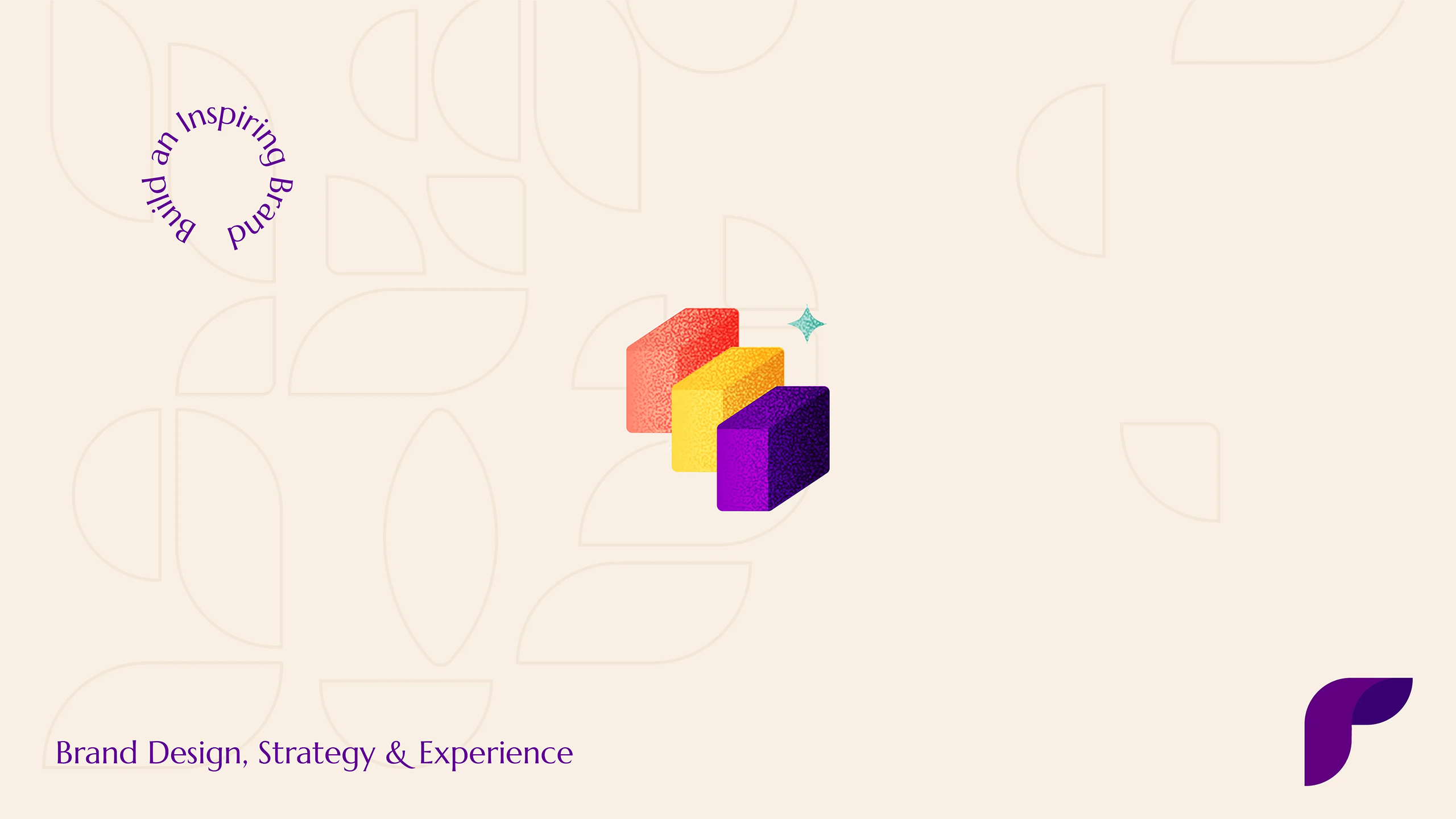The concept of scarcity marketing has long been a powerful force in human psychology, driving desire and influencing behavior in profound ways. In marketing and packaging design, understanding and leveraging scarcity has become an increasingly sophisticated art, backed by neuroscience and behavioral economics research.
According to a study by the Journal of Business Research, products perceived as scarce can command price premiums higher than identical items presented as readily available.
Inside this article,
Types of scarcity marketing
Scarcity marketing manifests in four distinct forms, each targeting different psychological triggers in consumers:
Limited quantity scarcity
This most basic form of scarcity marketing leverages the fear of missing out (FOMO) by explicitly limiting product availability.
Research shows that “only X left” messaging can increase conversion rates by making the product look more exclusive and limited.
Nike’s limited-run sneakers exemplify this approach, often selling out within minutes and commanding secondary market premiums.
Limited time scarcity
Time-based scarcity creates urgency through deadlines and limited windows of availability. Amazon’s Prime Day events demonstrate this principle effectively, generating $12.7 billion in sales during a 48-hour period in 2023, largely driven by time-sensitive deals.
Exclusive access scarcity
This sophisticated approach restricts access based on membership, status, or invitation. American Express’s “Black Card” exemplifies this strategy, with its invitation-only policy creating a mystique that has helped build a waiting list of over 100,000 potential customers.
Information scarcity
Perhaps the most subtle form, information scarcity creates desire through mystery and partial revelation. Tesla’s product launches masterfully employ this technique, releasing limited information about new features and capabilities, resulting in pre-order rates higher than industry averages.

The neuroscience behind scarcity marketing
Recent neuroimaging studies have revealed fascinating insights into how our brains process scarcity signals. When consumers encounter limited-edition products, there’s increased activity in the amygdala and nucleus accumbens – regions associated with emotional processing and reward anticipation.
This biological response explains why scarcity-based marketing can be so effective: it triggers a primitive survival instinct that transforms “wanting” into “needing.”
The release of dopamine, our brain’s reward chemical, plays a big role in this process.
When confronted with scarce items, dopamine levels spike compared to encounters with abundant products. This chemical surge creates a powerful motivation to acquire the scarce item before it’s gone.
Also read: Brand packaging design psychology: Science that wins people’s hearts
Strategic implementation in packaging design
Successful brands have mastered the art of communicating scarcity through packaging design. Luxury brands often employ metallic finishes and deep, rich colors – with gold and black being particularly effective at communicating rarity. Typography choices also matter significantly; research shows that serif fonts are perceived as more premium and exclusive than sans-serif alternatives.
One of the most effective scarcity tactics in packaging design is the use of numbered series. Coca-Cola’s numbered aluminum bottles from their 2022 limited edition series saw a higher purchase rate compared to standard bottles. The psychology behind this is fascinating – numbered items create a sense of individuality and authenticity that consumers strongly desire in today’s mass-market world.
Digital integration and modern scarcity
The digital revolution has introduced new dimensions to scarcity marketing. Brands like Supreme have masterfully integrated QR codes and augmented reality experiences into their packaging, creating digital scarcity that complements physical limitations. Their 2023 limited edition releases generated more social media engagement than regular products, demonstrating the amplifying effect of digital integration.
A recent study examines differences in time pressure and informational content between two types of promotional offers: “advanced receipts,” where consumers are encouraged to purchase sooner to access discounts or perks, and “delayed payments,” which allow consumers to buy now and pay later.
Analyzing 222 promotional offers, researchers used a time and outcome valuation model to assess the time allowed before offer expiration and the information provided. Results indicate that delayed payment offers generally have shorter participation windows, include more urgent language when deadlines are specified, and provide more detailed information compared to advanced receipt offers.
Also read: Brand authenticity in marketing: How to cut through the noise
Environmental considerations and ethical implications
While scarcity marketing can drive sales, it’s important to consider its broader implications. Limited edition packaging often results in increased material usage and waste.
As consumers become more sophisticated, the future of scarcity marketing lies in creating authentic, value-added scarcity rather than artificial limitations.
Brands like Patagonia have successfully implemented “responsible scarcity” by limiting production based on sustainable resource availability, creating genuine scarcity that aligns with consumer values.
The psychology of abundance vs. scarcity
The interplay between abundance and scarcity in marketing presents a fascinating psychological paradox.
Can you believe consumer behavior varies significantly based on whether products are presented as scarce or abundant?
Products presented as abundant were perceived as more trustworthy and reliable, with consumers citing “proven popularity” as a key purchase driver. Abundance marketing proves particularly effective in certain scenarios. Companies like Costco have built their entire brand identity around abundance, achieving customer loyalty rates higher than retailers employing scarcity strategies.
The hybrid approach
Smart brands are learning to combine both strategies.
For example, Apple maintains an abundant supply of standard products while creating scarcity around new releases and special editions. This hybrid approach has helped them maintain a premium brand image while achieving mass-market success.
The dark side of scarcity marketing
While scarcity marketing can be highly effective, it’s important to acknowledge its potential negative impacts on consumers and society. In some cases, scarcity marketing can trigger compulsive buying behaviors, making customers make unnecessary purchases due to perceived scarcity.
This has led to concerning levels of consumer debt, with scarcity-driven purchases accounting for excessive impulse buying debt. Overuse of scarcity tactics has led to increasing consumer skepticism. Many millennials and Gen Z consumers express skepticism toward limited edition claims owing to “scarcity fatigue” from constant exposure to urgency-based marketing.
Conclusion
The psychology of scarcity is a powerful strategy in marketing and packaging design, but its implementation is evolving. Successful brands will need to balance the effectiveness of scarcity tactics with environmental responsibility and authentic value creation. When done right, scarcity can enhance both brand value and consumer satisfaction, creating wins for both businesses and their customers.




